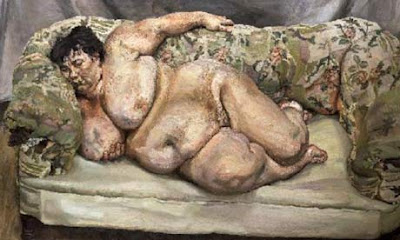This year I have decided to concentrate on a subject much closer to home- The Welsh woolen Industry. Despite being located significantly closer than the fabulous country of China, it has definitely necessitated much more to-ing and fro-ing up and down the length of Wales- so big thanks be to the amazing taxi driver skills of my parents. I have decided that this is the subject I would like to research extensively for my dissertation. As a weaver, it is directly related to my field of study, as a Welsh person, it is directly related to my heritage and culture and to be quite honest it is probably one of the most fascinating things I have ever decided to get clued up on. Ok, so I had absolutely no idea what on earth I was letting myself in for when I began my journey. Along the way I have met some extraordinary characters and personalities, who have welcomed me into their world and informed and educated me with unforgettable conversations. I have learnt so much from just listening to these people and have gained knowledge, which has far surpassed my need for academic library books.
Despite initially feeling quite low and sad for the industry, which like so many other rural crafts is struggling and facing momentous economic hardship, a glimmer of hope was provided towards the end of my research. Aside from financial troubles, one of the other key issues facing the industry is that of succession. With many of the mill-owners now nearing retirement age it is highly probable that several mills will be left with no option other than to close. This is the unfortunate truth. However this is where I believe my work, as a young Welsh weaver comes into the equation. I am going to try and start a proposal to present to the Welsh Government but at the moment it is just a very early concept and I’m desperately waiting to hear back from the people that could guide and help me. I shall keep you informed with how it goes.
Below are some images taken during my visits around the various remaining Welsh woollen mills- Curlew Weavers, Melin Teifi, Melin Tregwynt, Solva Mill, Trefriw woollen mill.
I was particularly taken with Elaine of Trefriw's collection of antique Welsh tapestry blankets. The comprehensive colection showed how colour and pattern had evolved and changed over time and how certain techniques, e.g. natural dying had come in and out of vogue. The traditional Welsh, double cloth weave patterns are certainly something I would like to invesigate further in my own work.





